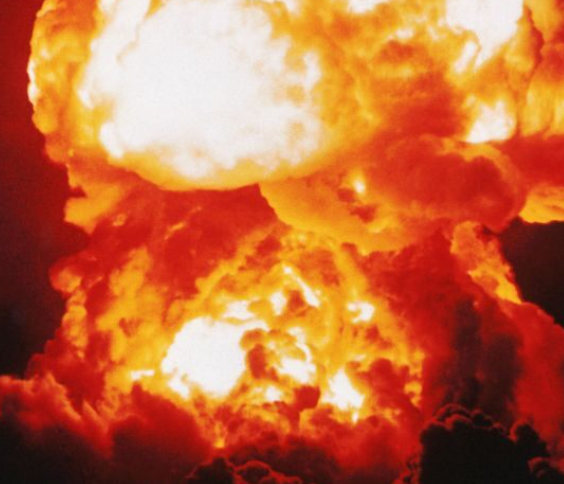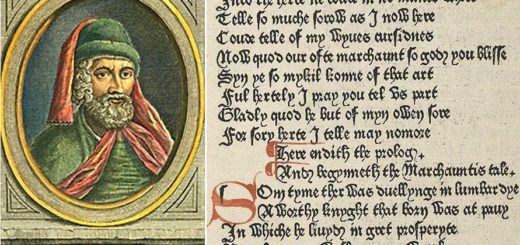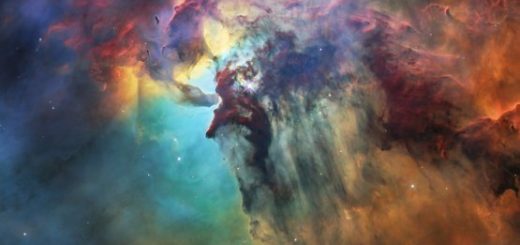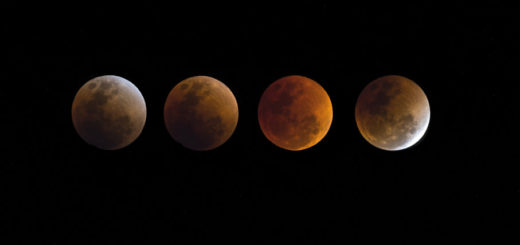Cold War nuclear tests changed rainfall thousands of miles away, scientists reveal

Nuclear tests conducted during the Cold War changed rainfall thousands of miles away, according to new research.
Scientists in the U.K. have studied how the electric charge released by radiation from the detonations in the 1950s and 1960s affected rainclouds..
The study, which was published in Physical Review Letters, used records from 1962 to 1964 compiled by a research station in Scotland. Scientists studied days with high and low radioactively generated charge and found that clouds were visibly thicker. They also discovered that there was, on average, 24 percent more rain on the days with more radioactivity.
‘NUCLEAR BATTLEFIELD’ REVEALED AS SCIENTISTS MAP BIKINI ATOLL TEST CRATERS AND SUNKEN WARSHIPS
“By studying the radioactivity released from Cold War weapons tests, scientists at the time learnt about atmospheric circulation patterns,” said Prof. Giles Harrison of the U.K.’s University of Reading and the study’s lead author, in a statement. “We have now reused this data to examine the effect on rainfall.”
The scientists noted that, although the tests were carried out in remote locations, such as the Nevada Desert and in the Pacific and Arctic islands, radioactive pollution spread widely throughout the planet’s atmosphere. “Radioactivity ionises the air, releasing electric charge,” they explained, in the statement.
Experts noted that electric charge modifies how water droplets in clouds collide and combine. This potentially affects the size of droplets and influences rainfall but is difficult to observe in the atmosphere.
NUCLEAR BOMBS COULD GIVE INSIGHT INTO WHALE SHARKS’ LONGEVITY, STUDY SAYS
Experts from the universities of Reading, Bristol and Bath in the U.K. discovered the rainfall patterns by studying records from weather stations in London and at Lerwick in Shetland Isles north of Scotland.
In a separate project, scientists recently conducted extensive mapping of the seafloor at Bikini Atoll, the remote Pacific Ocean testing site for atomic bombs between 1946 and 1954.



 Creators of mankind
Creators of mankind Description of “Tall white aliens”
Description of “Tall white aliens” Where they came from?
Where they came from? About hostile civilizations
About hostile civilizations The war for the Earth
The war for the Earth “Tall white aliens” about eternal life
“Tall white aliens” about eternal life Video: “Nordic aliens”
Video: “Nordic aliens” Aliens
Aliens Alien encounters
Alien encounters The aliens base
The aliens base UFO
UFO Technology UFO
Technology UFO Underground civilization
Underground civilization Ancient alien artifacts
Ancient alien artifacts Military and UFO
Military and UFO Mysteries and hypotheses
Mysteries and hypotheses Scientific facts
Scientific facts


















